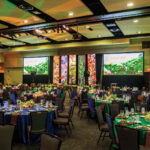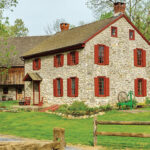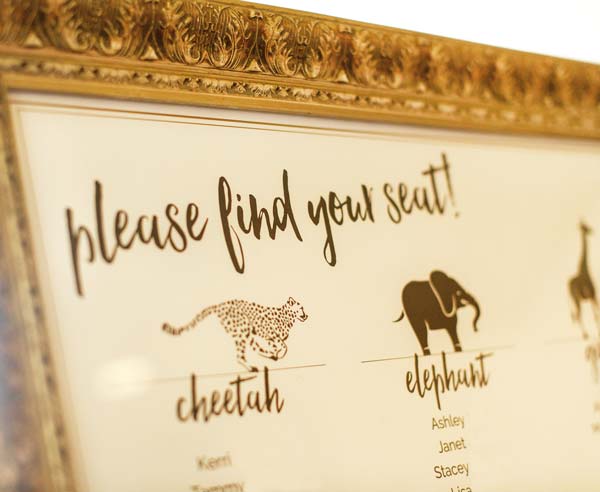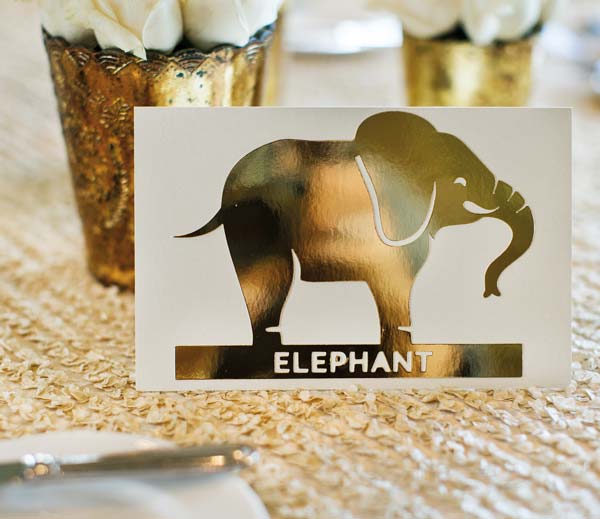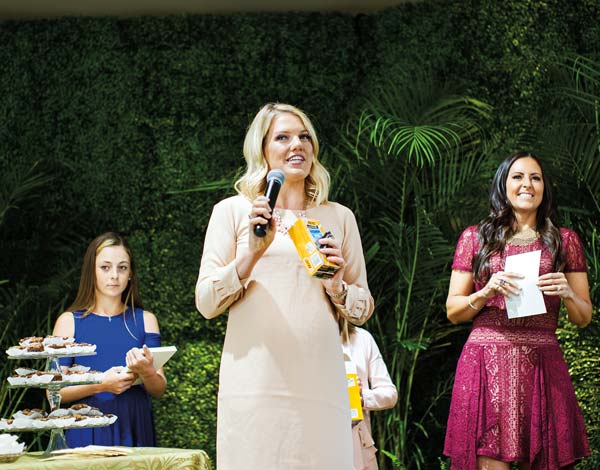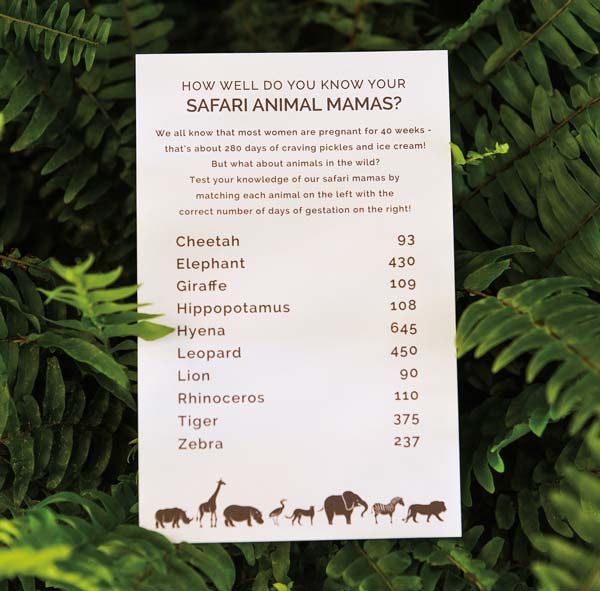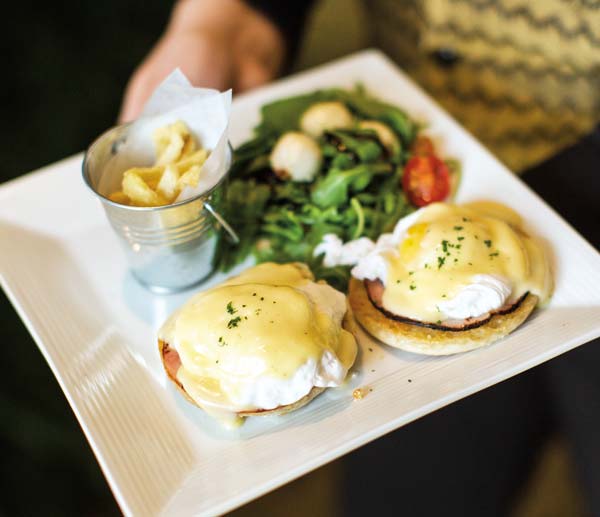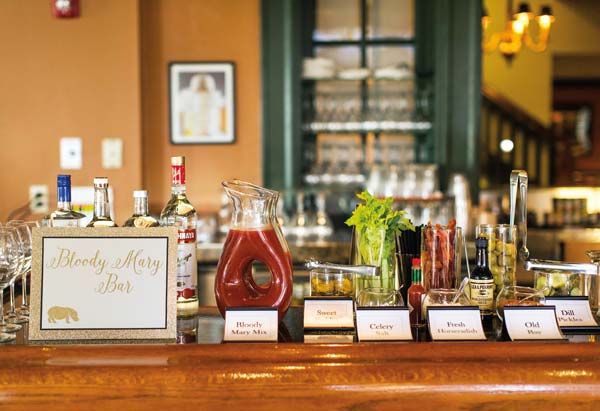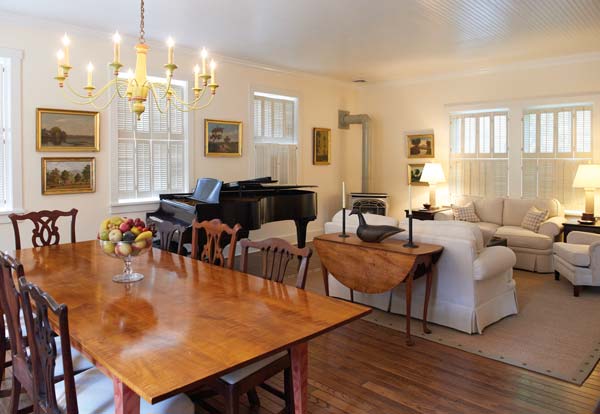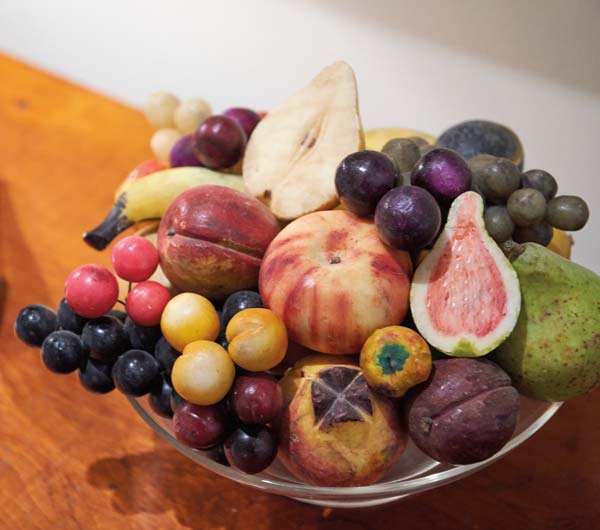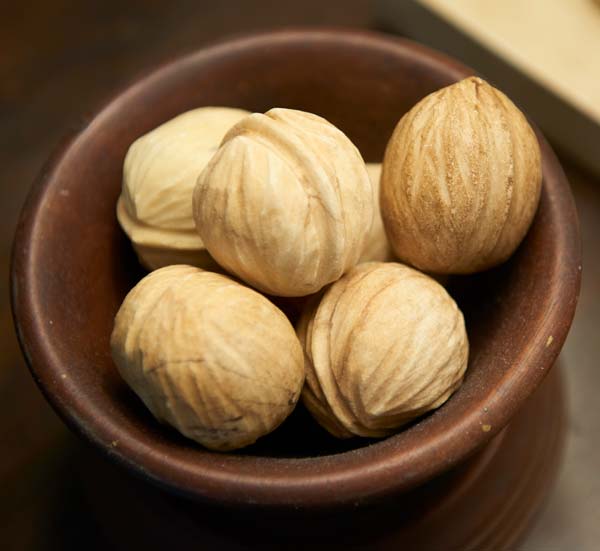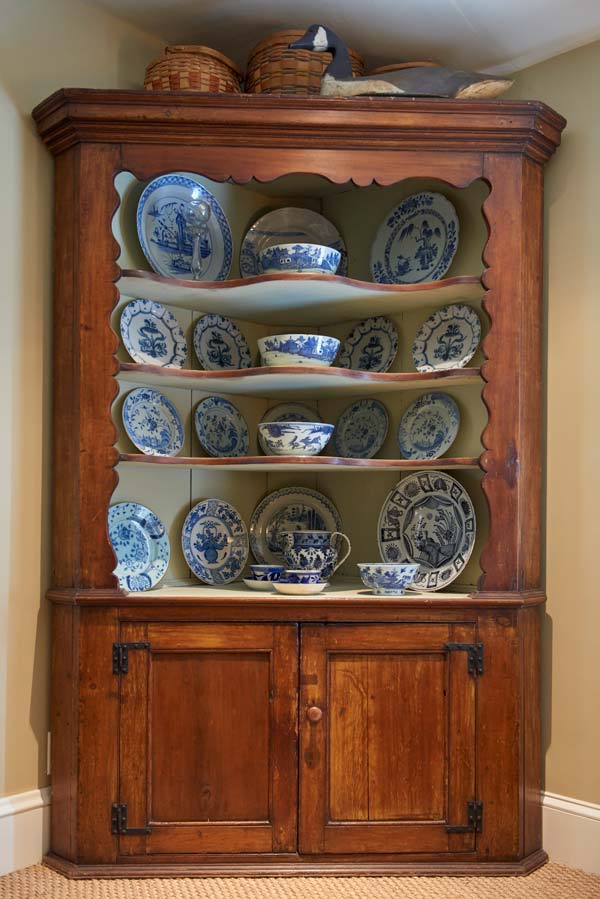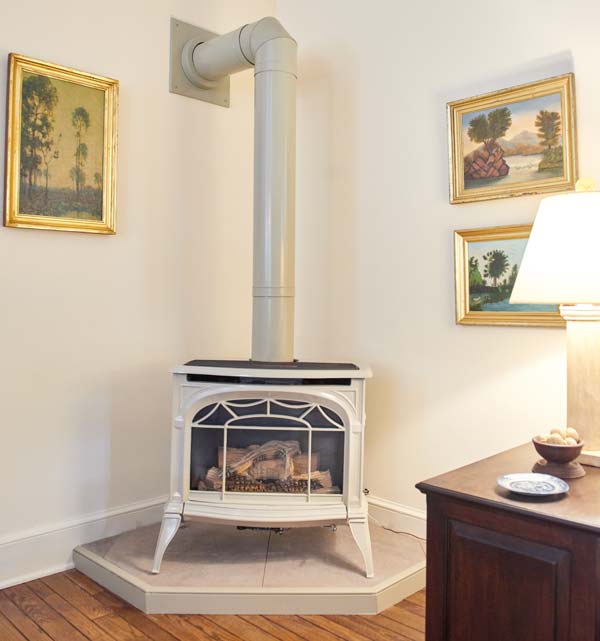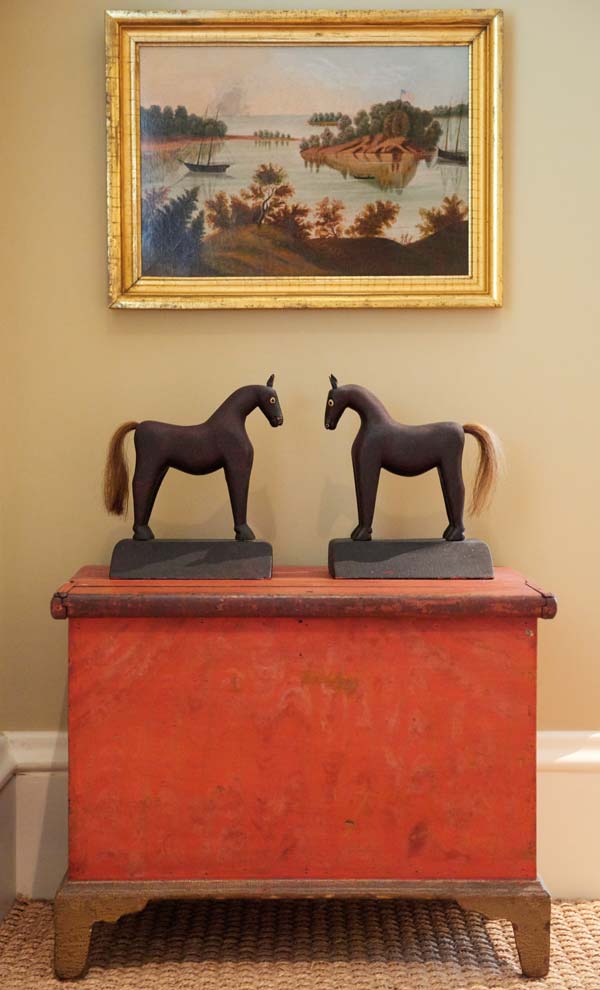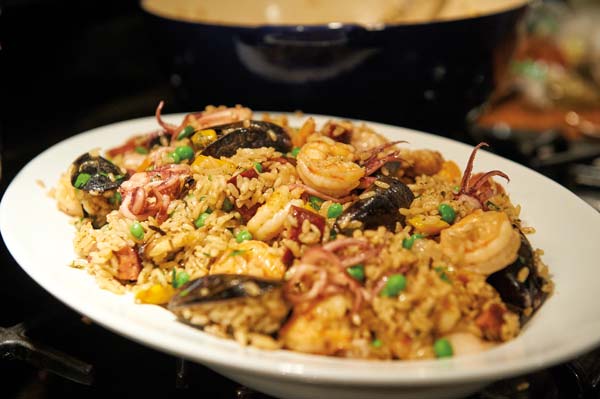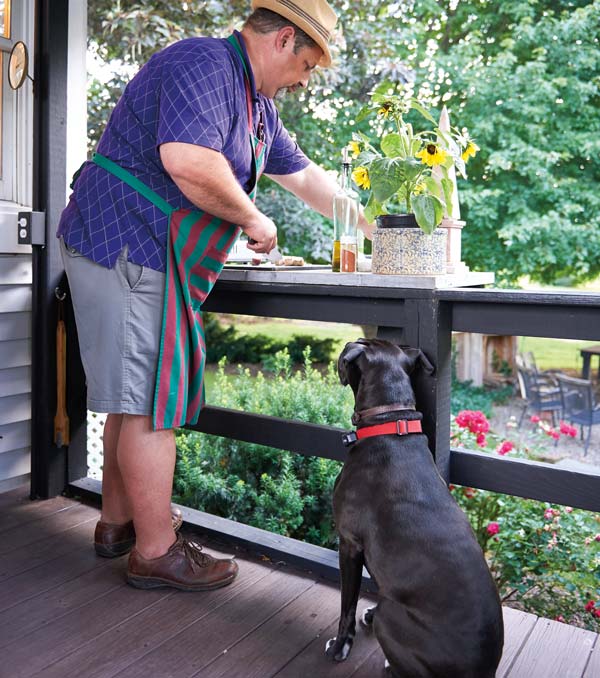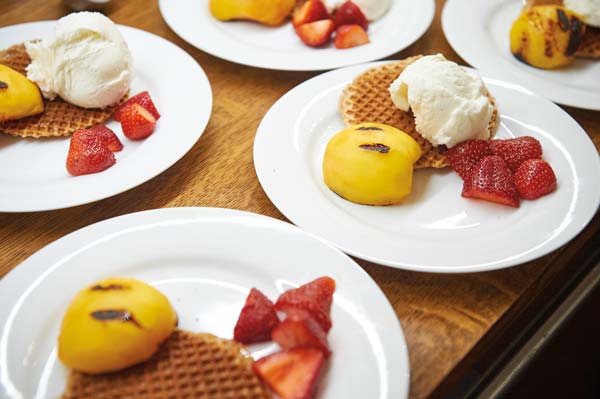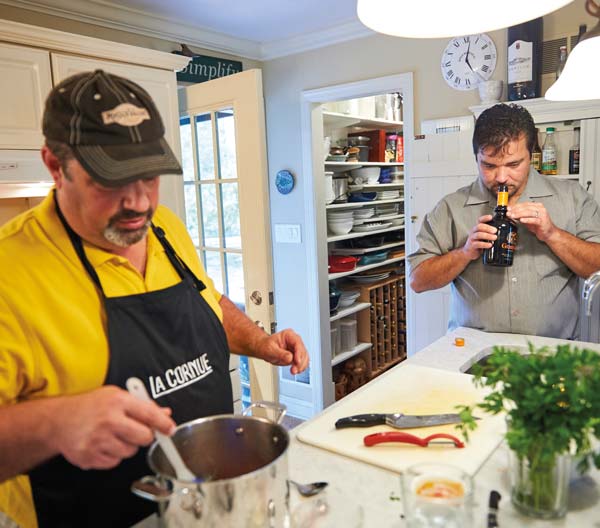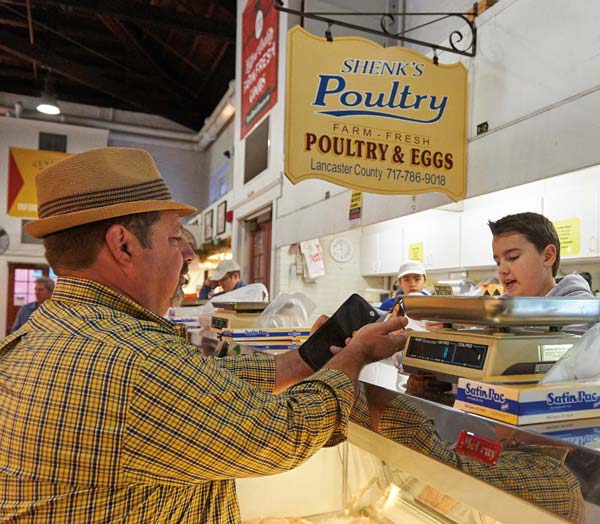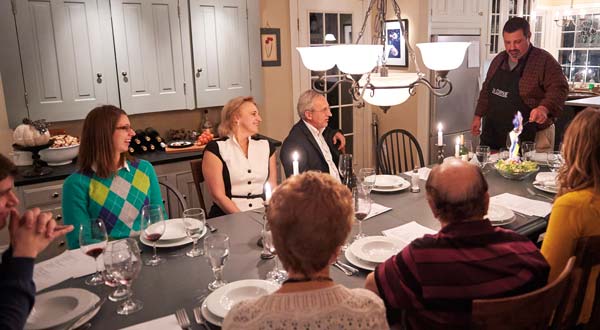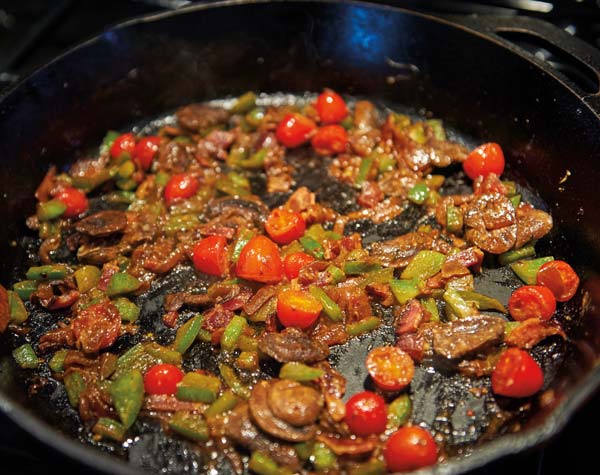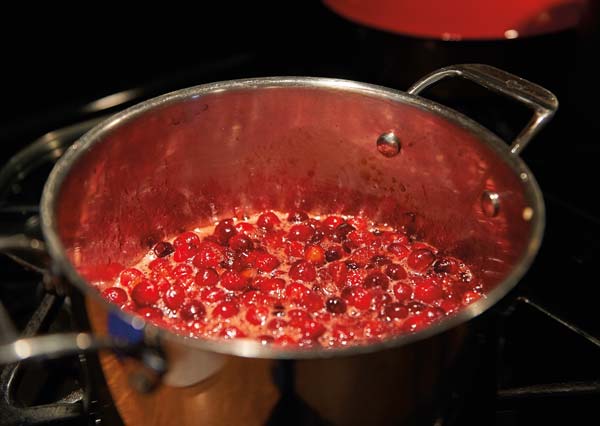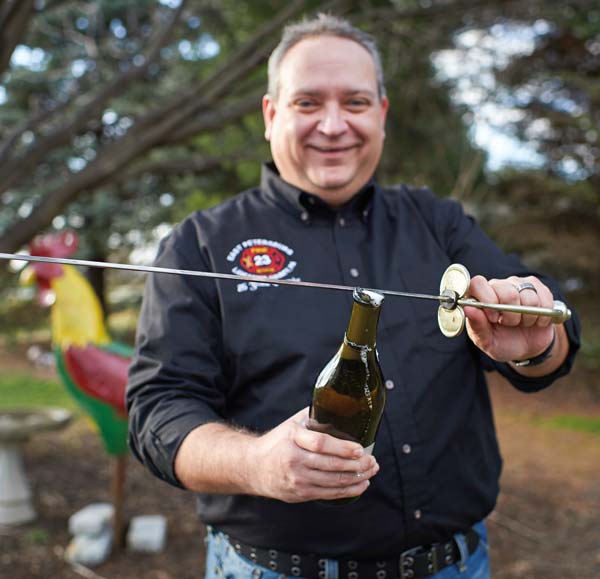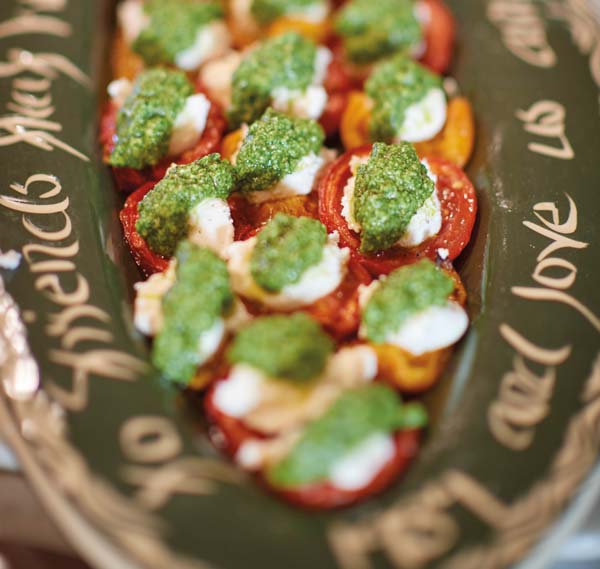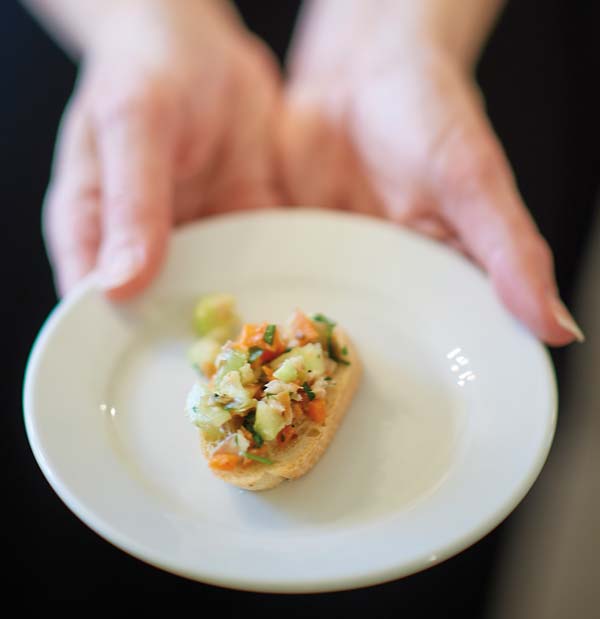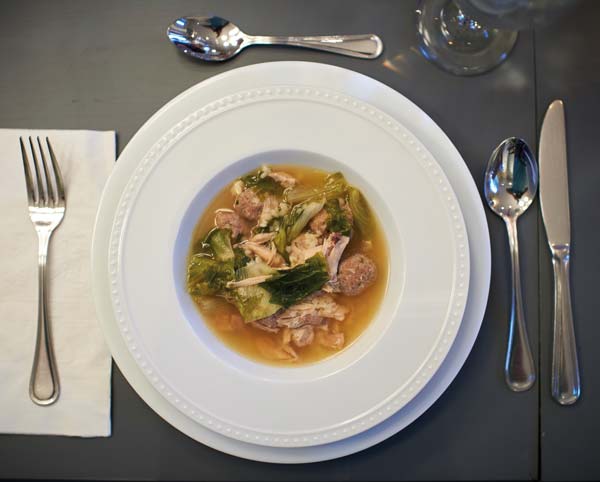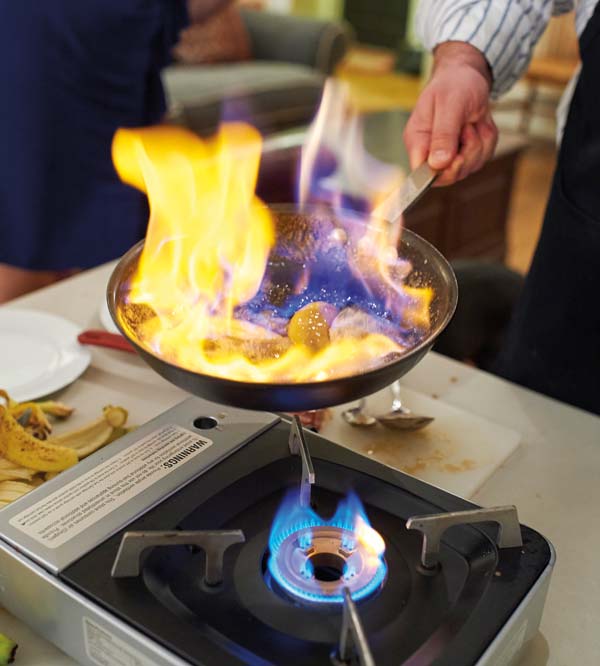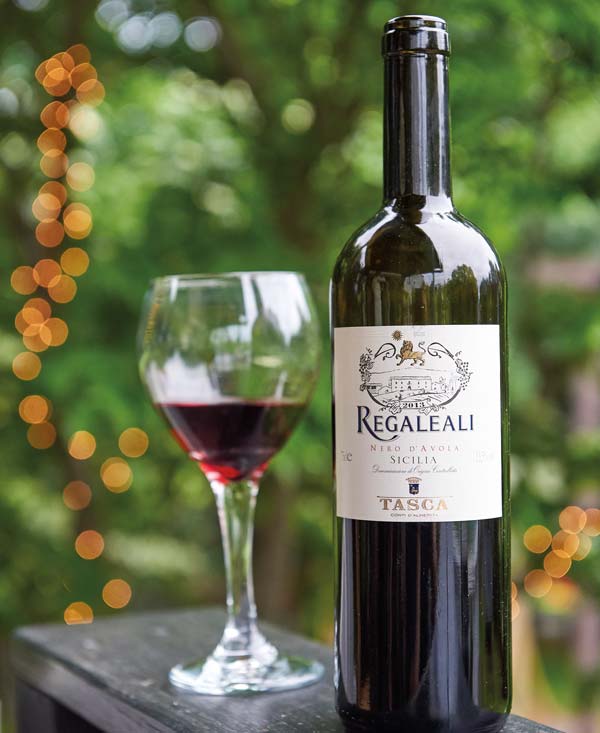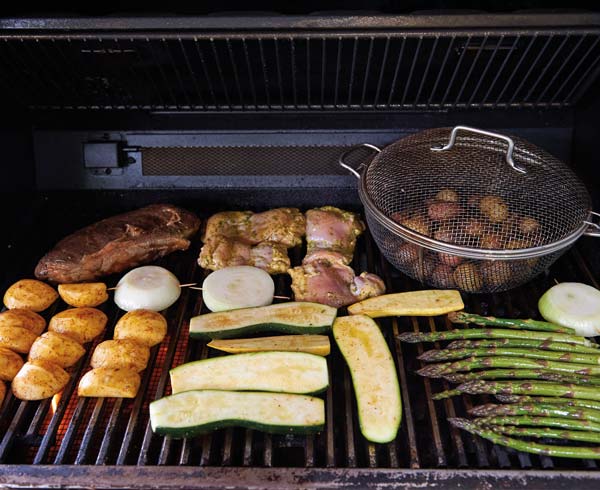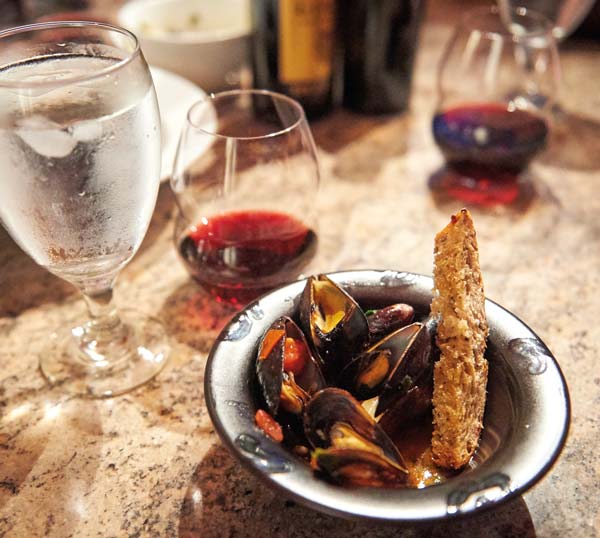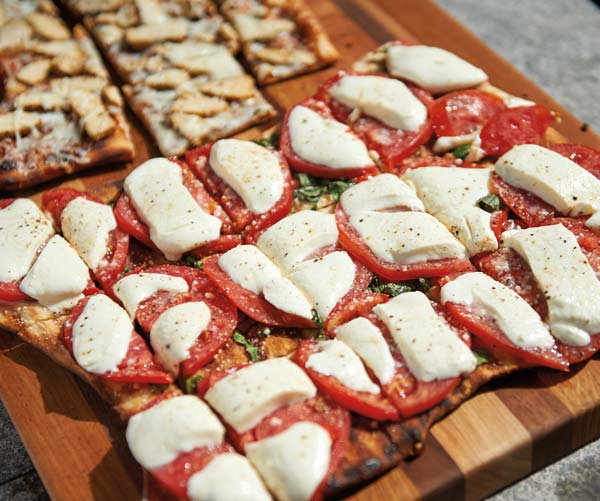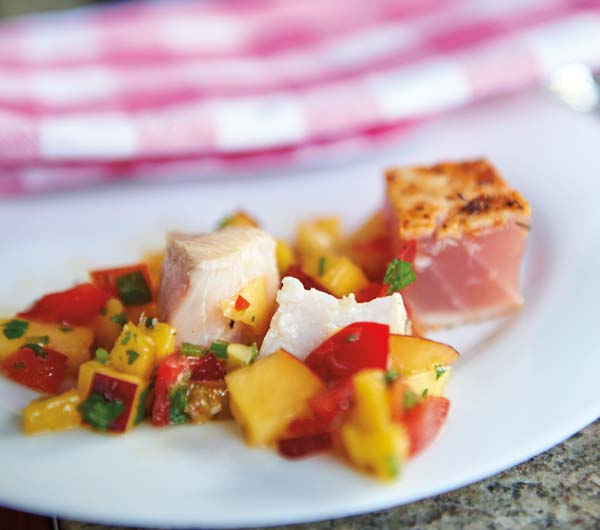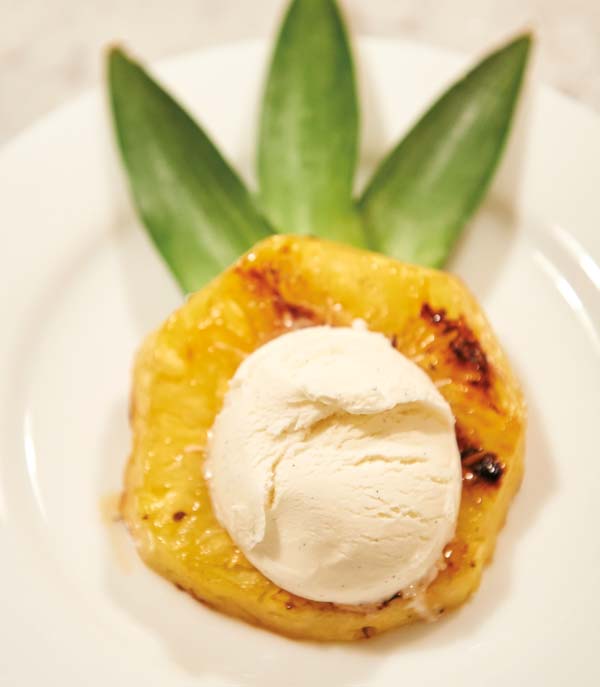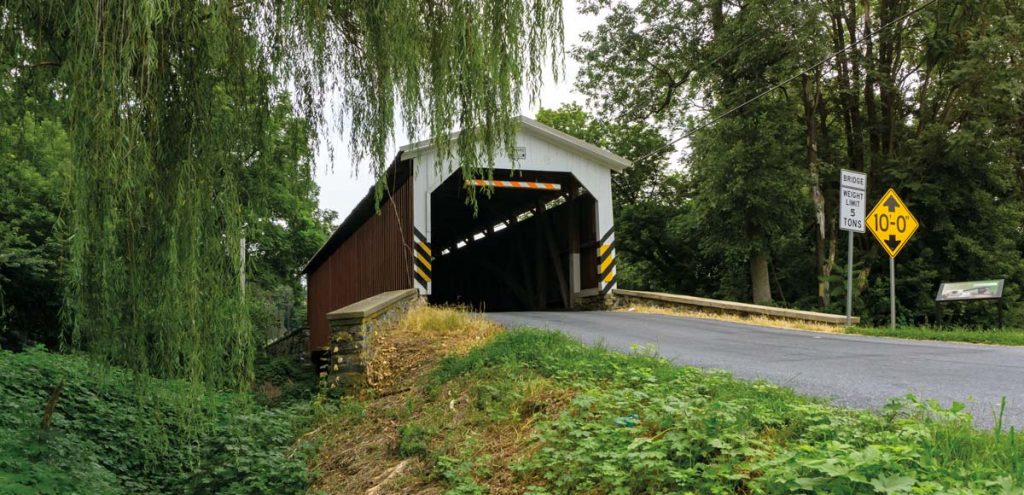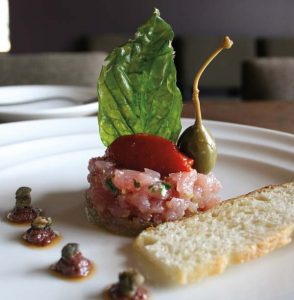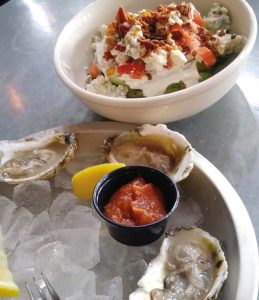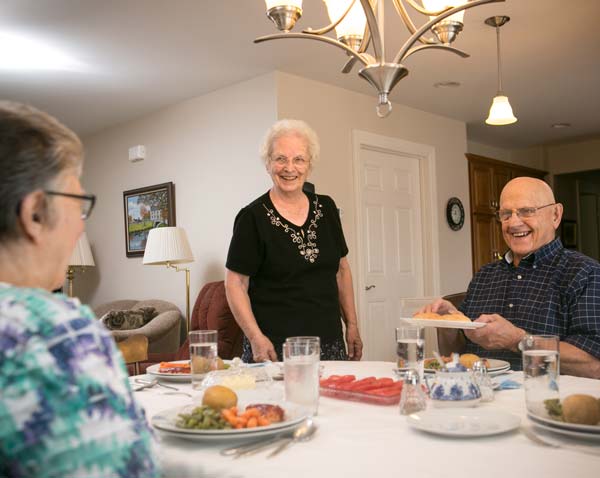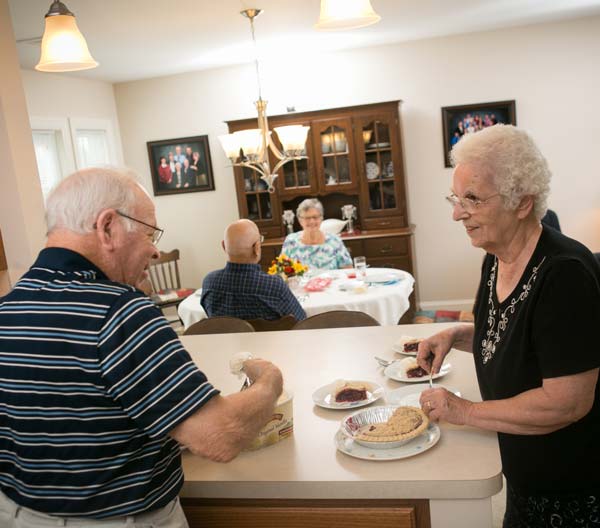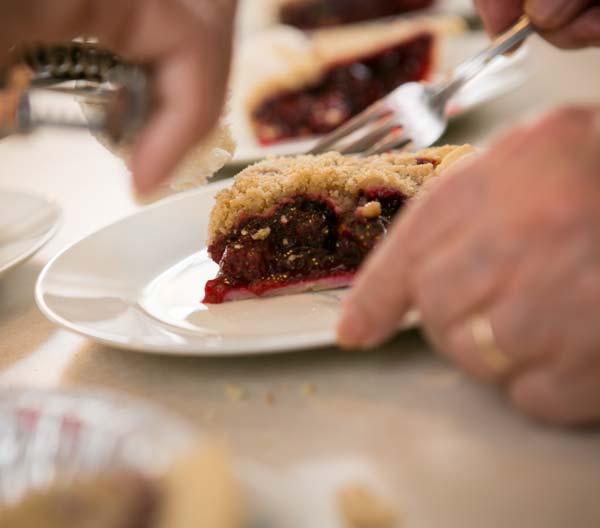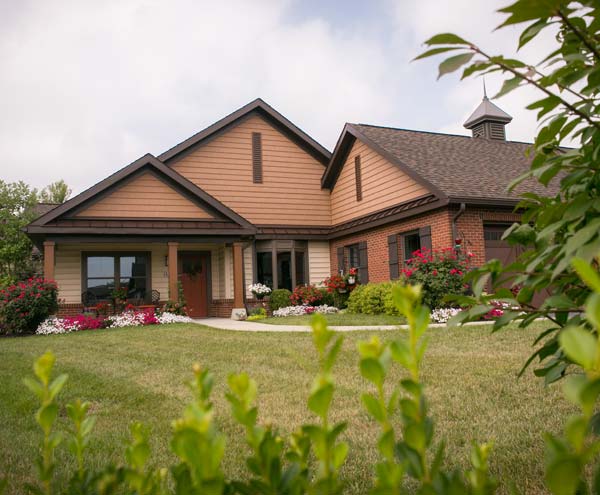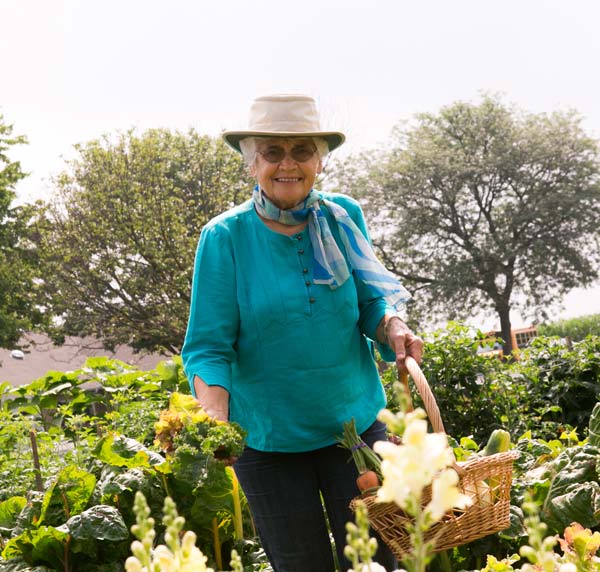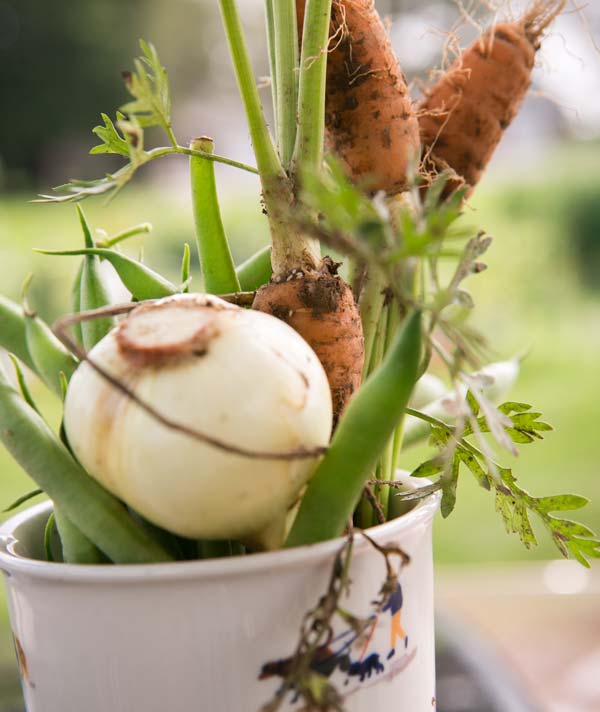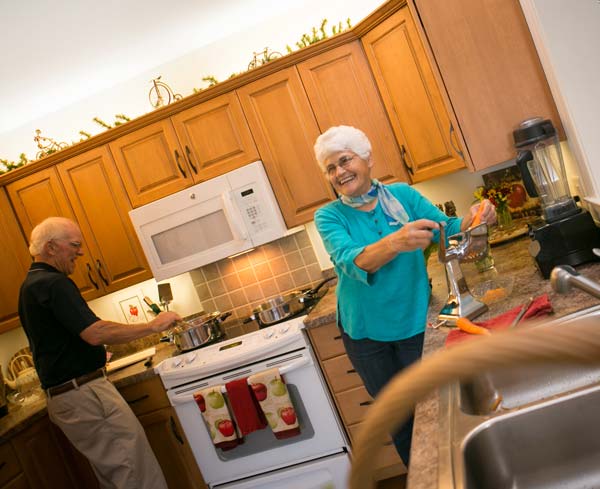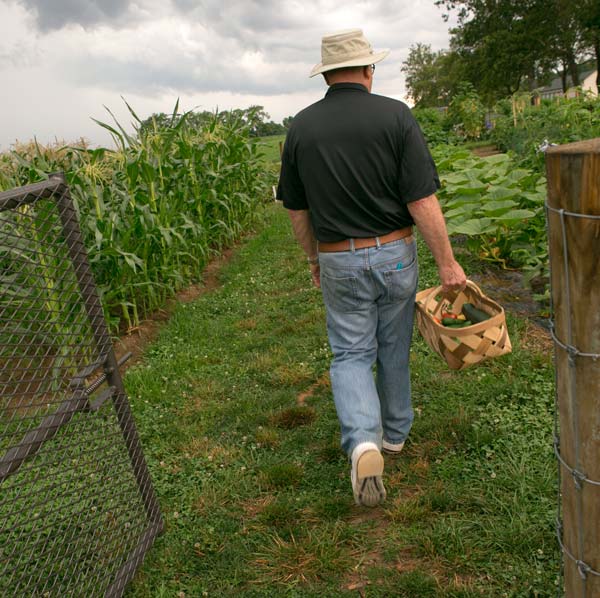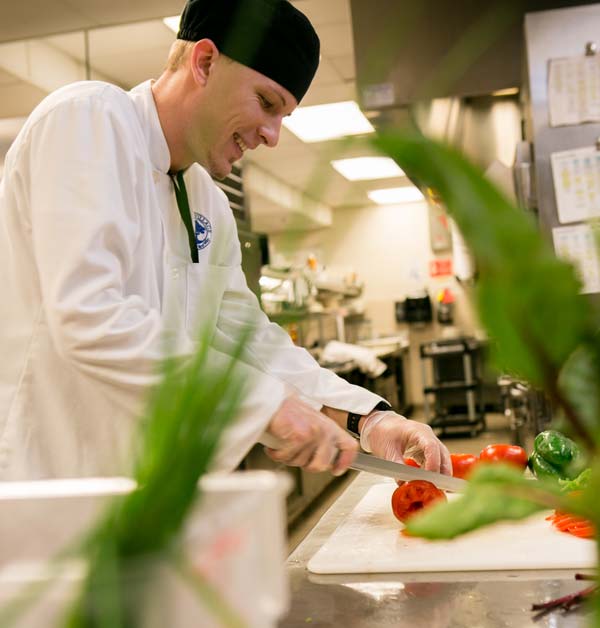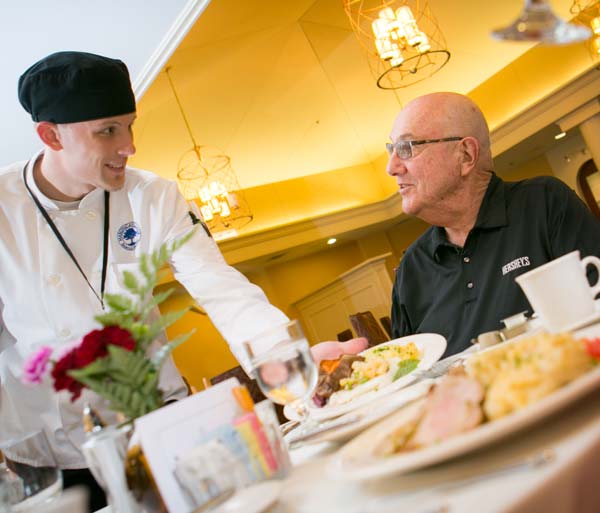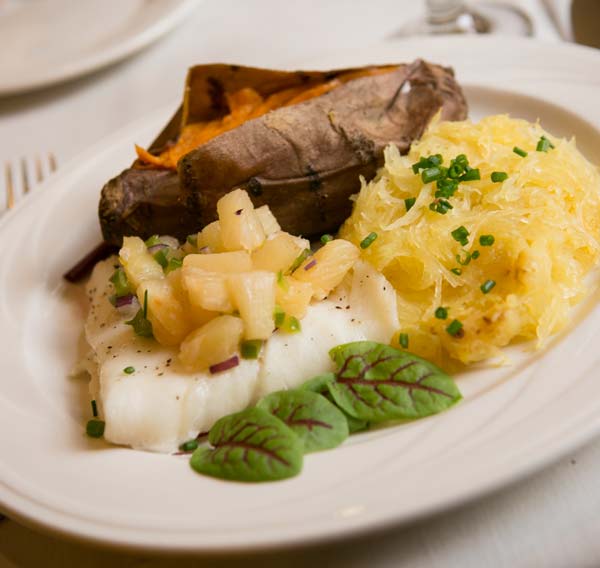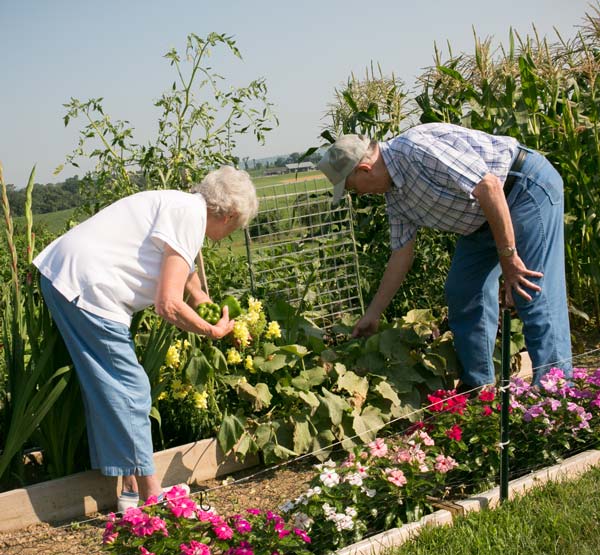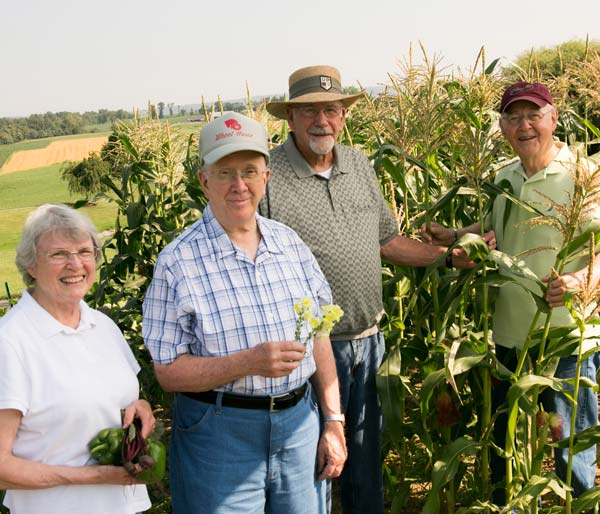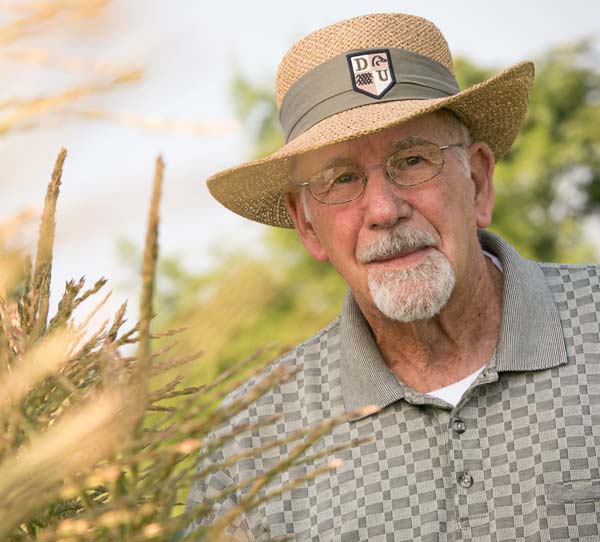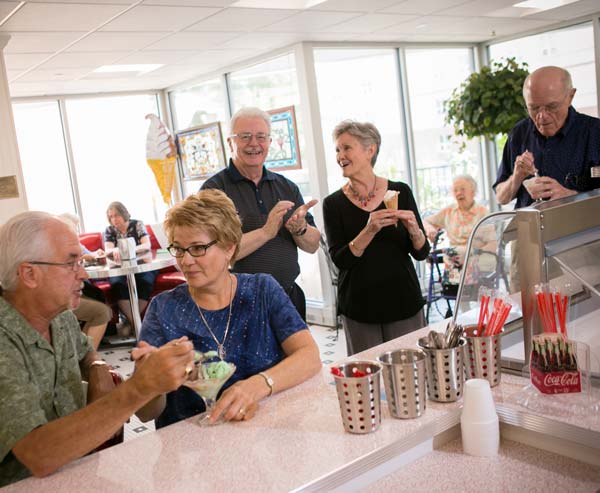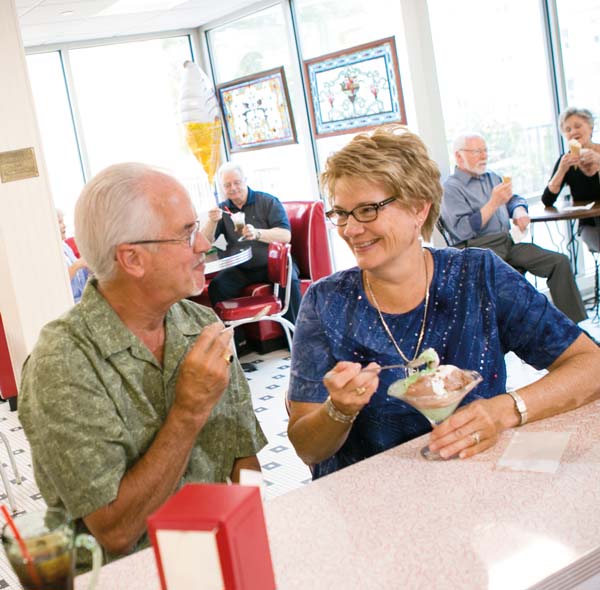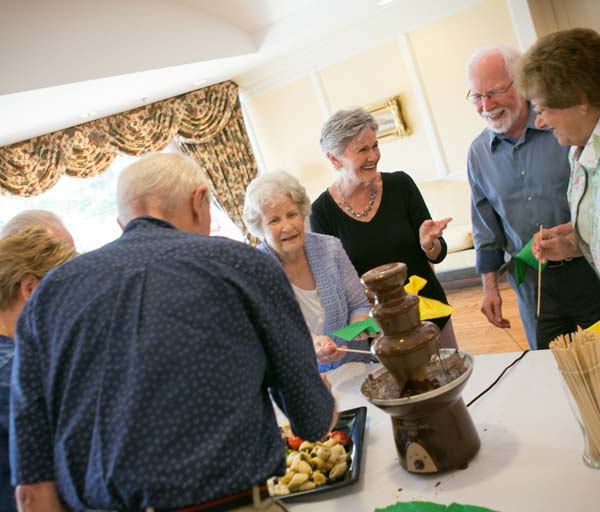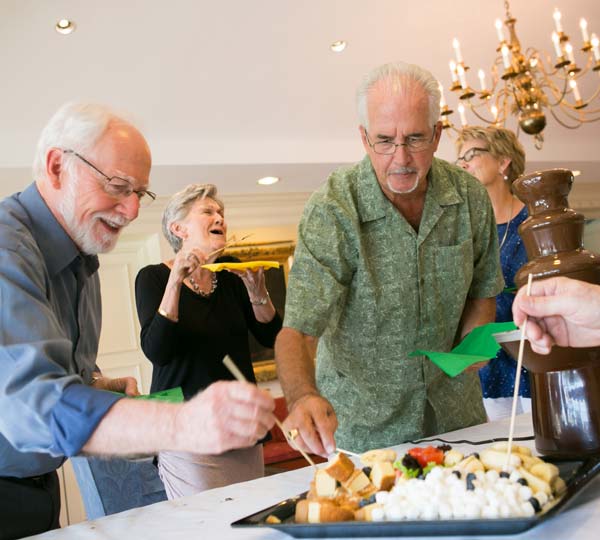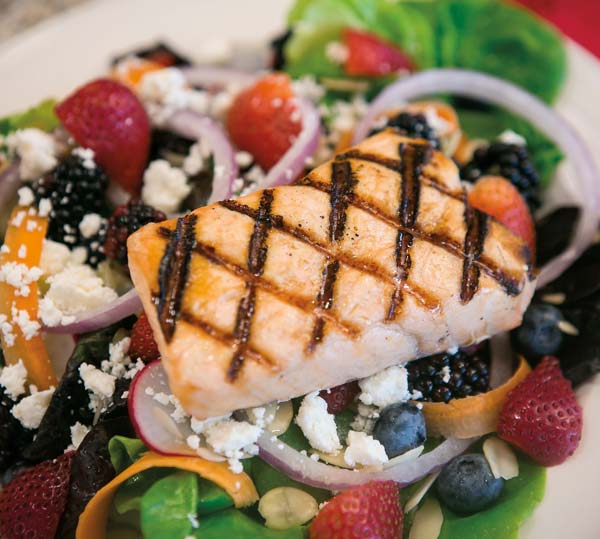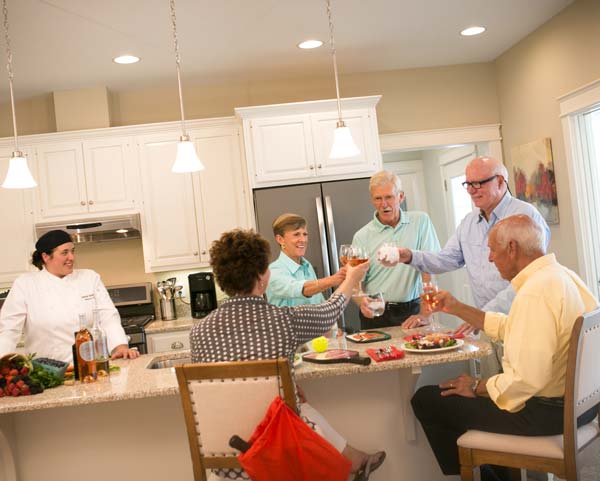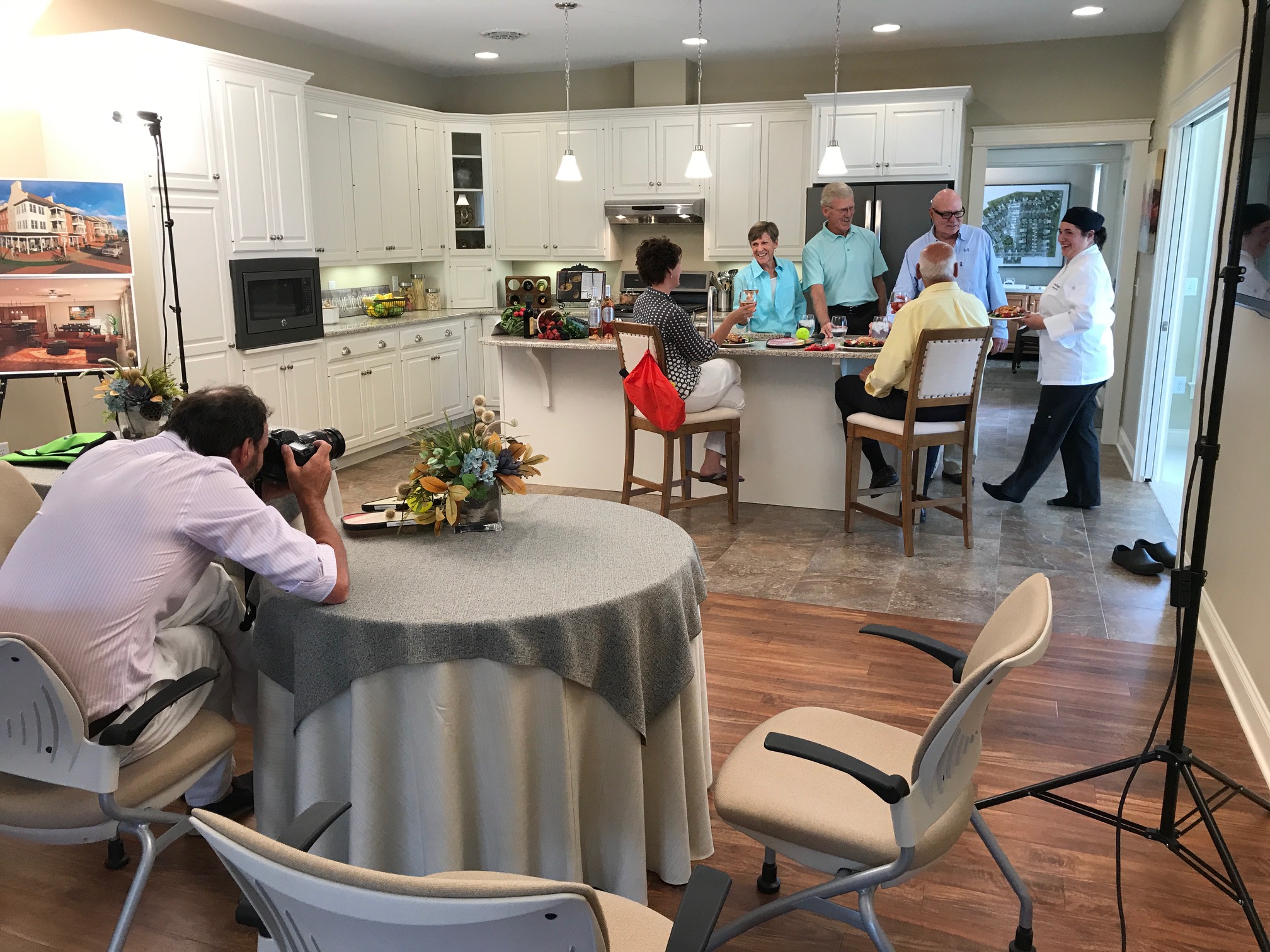A Baby Shower Goes on Safari
Anne Nikolaus loves parties. If the Villanova grad had not landed a plum Philadelphia-based position in marketing and business development for an international law firm, she says she may indeed have become an event planner. It was no surprise, then, that Anne wanted to savor the fun of planning her own baby shower.
Safari Chic would be the theme: exotic and elegant, expressed in tones of ivory and gold. And, so began the transformation of Lancaster Country Club’s ballroom into an “Out of Africa” decor. The high ceiling and chandeliers were perfect for suspending fabric “tenting” above the guests’ tables, which were topped with soft gold linens and cream roses, tightly packed in distressed gold mint julep cups for a lush pavé effect. A wall of greenery – boxwoods, ferns and palms – created a jungle backdrop for the dessert table and its “star,” a four-tiered cake, lavishly decorated in white and gold, with a lion’s head in edible gold fondant.
 The club’s ballroom was familiar territory for Anne’s decorating expertise, having celebrated her black-and-white themed wedding in the same room in 2015. Preparing to welcome a baby boy into the world in December 2016, the October baby shower was a perfect reason to gather the Lancaster native’s local friends together, along with her Philly-area colleagues. “All my worlds were colliding,” Anne recalls thinking while at the event. “My mother’s girlfriends, my girlfriends, my boss – it was wonderful.”
The club’s ballroom was familiar territory for Anne’s decorating expertise, having celebrated her black-and-white themed wedding in the same room in 2015. Preparing to welcome a baby boy into the world in December 2016, the October baby shower was a perfect reason to gather the Lancaster native’s local friends together, along with her Philly-area colleagues. “All my worlds were colliding,” Anne recalls thinking while at the event. “My mother’s girlfriends, my girlfriends, my boss – it was wonderful.”
As a string quintet of Philadelphia music students performed, the 100 guests socialized at the bloody Mary, mimosa and coffee bars. They then found their assigned seats at the cheetah, zebra, giraffe and other jungle animal-named tables. The menu was inspired by one of Anne’s favorite Philadelphia brunch spots – Rittenhouse Square’s Parc – featuring eggs benedict, pomme frites and salad of green, heirloom tomatoes and mozzarella. The spectacular cake and accompanying macarons, fruit tarts and brownie bites finished the meal on a show-stopping sweet note.
The party’s co-emcees, sister Lauren Nikolaus Zink and best friend Kate Groshong, entertained guests with a safari-animal-mamas game, while an ivory and gold Victorian couch allowed Anne to take center stage for the baby shower tradition, the opening of gifts for Baby Boy Nikolaus-Pereira. After expressing her heartfelt thanks, Anne treated her guests to a take-home gift of a succulent plant in a gold pot, as a symbol of life, especially the new little life about to arrive in two months.


 Anne’s love of party-planning continues with the first birthday of Victor Nikolaus-Pereira on the horizon. “It may be a beach or a circus theme, perhaps with food trucks,” she muses. But, whatever the theme, Baby Victor, you are in for a fabulous time!
Anne’s love of party-planning continues with the first birthday of Victor Nikolaus-Pereira on the horizon. “It may be a beach or a circus theme, perhaps with food trucks,” she muses. But, whatever the theme, Baby Victor, you are in for a fabulous time!
How did you do that?
Invitations – Persnickety, York, persnicketyinc.com
Venue – Lancaster Country Club, Lancaster, lancastercc.com
Linens – Special Occasions, Lancaster, specialo.com
Cake – Bella Manse, Millersville, bellamanse.com
Dessert Table – La Petite Patisserie, Lancaster, petitedessert.com
Décor – Shumaker PDT, Lancaster, shumakerpdt.com
String Quintet – Philly Street Violins, Facebook: Phillystreetviolins
Flowers – Barb Flosdorf, Lititz
Photography – Yokography, Harrisburg; Facebook & Instagram


